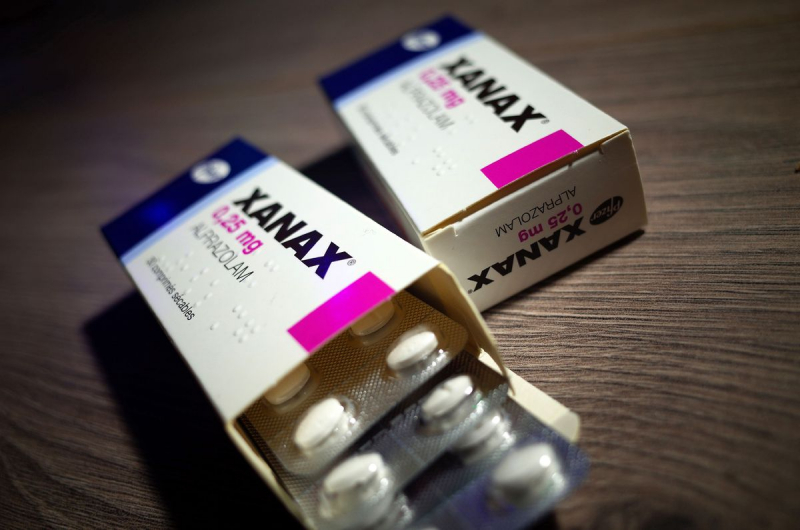Interactions

Top 6 in Top 6 Things to Know About Xanax
Medicines that interact with Xanax may reduce its impact, shorten its duration of action, cause adverse effects, or have no effect when combined. An interaction between two drugs may not necessarily necessitate the discontinuation of one of them; nonetheless, it can. Consult your doctor about how to handle medication interactions.
Xanax may interact with the following medications:
- anti-anxiety medications, including other benzodiazepines, such as lorazepam and oxazepam
- anticonvulsants such as valproate
- antidepressants, such as amitriptyline, imipramine, nortriptyline
- antifungals such as voriconazole
- antihistamines that cause sedation, such as diphenhydramine
- barbiturates
- duloxetine
- HIV medications such as ritonavir (reduce the dosage of Xanax to half of that recommended, then increase to the target dosage after 10 to 14 days)
- monoamine oxidase inhibitors, such as selegiline, isocarboxazid, or phenelzine
- opioid analgesics such as alfentanil, codeine, oxycodone and morphine
- oral contraceptives
- muscle relaxants such as baclofen and cyclobenzaprine
- probenecid
- scopolamine
- sleeping pills, such as zolpidem
- some medications used to treat mental illness, such as clozapine and thioridazine
- strong CYP3A inhibitors, such as ketoconazole and itraconazole (do not use together)
- Other CYP3A inhibitors, such as ritonavir, nefazodone, fluvoxamine, or cimetidine (consider dosage reduction of Xanax)
- theophylline






